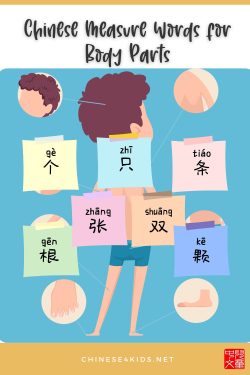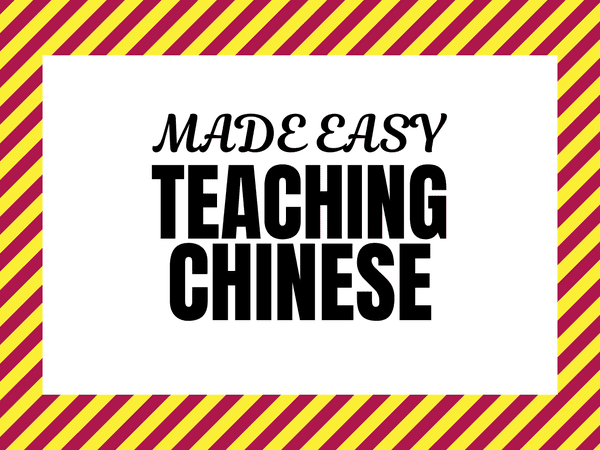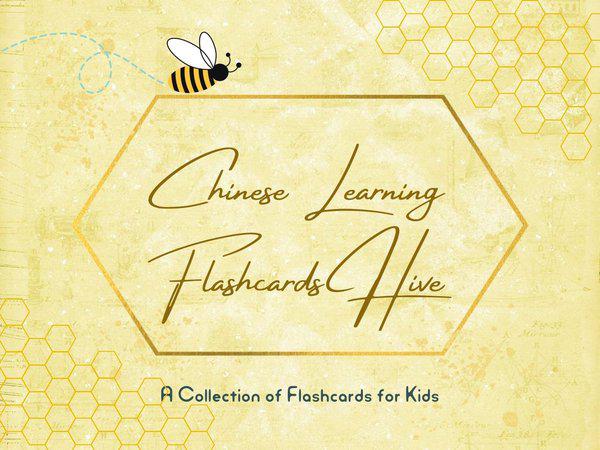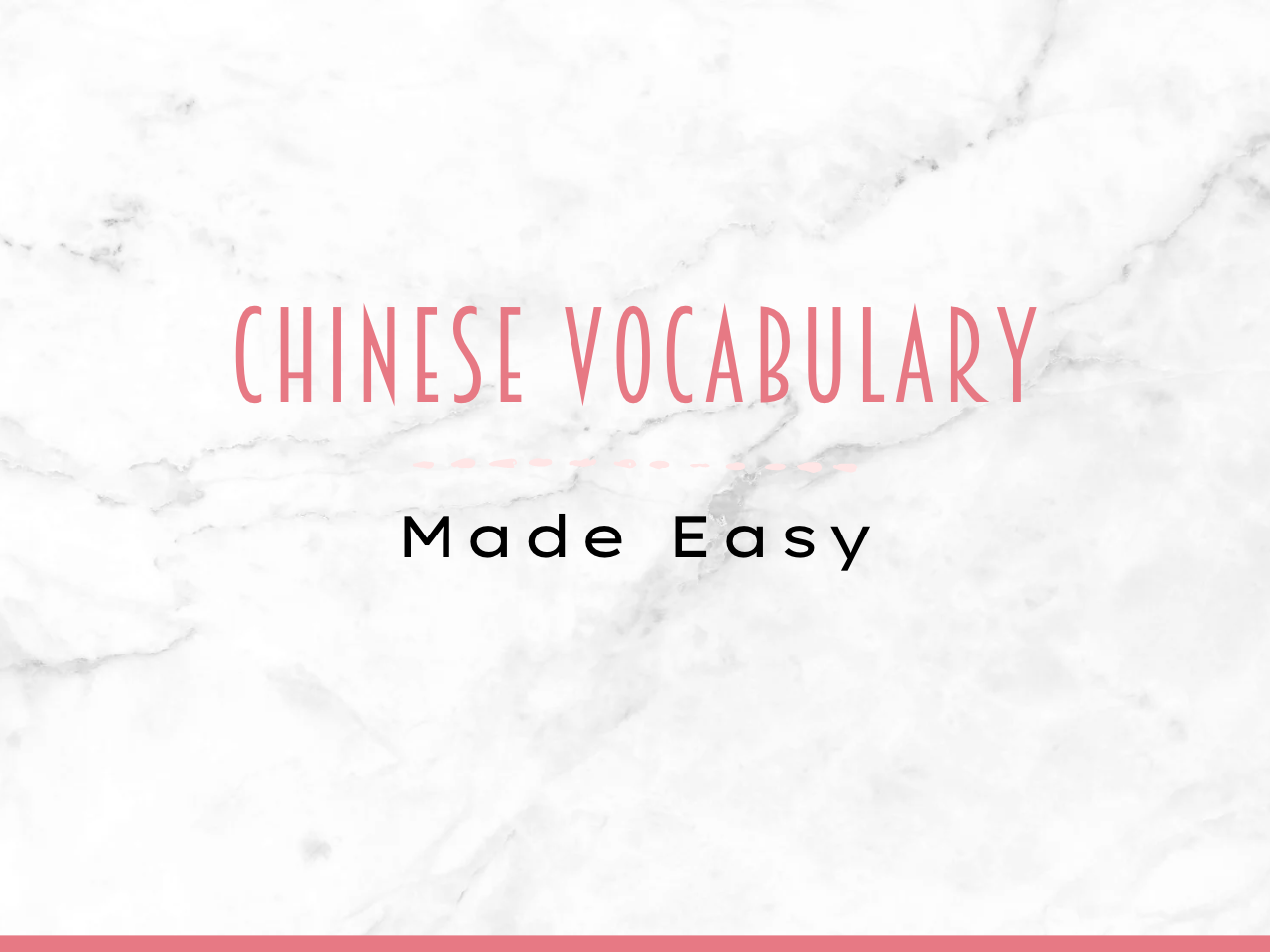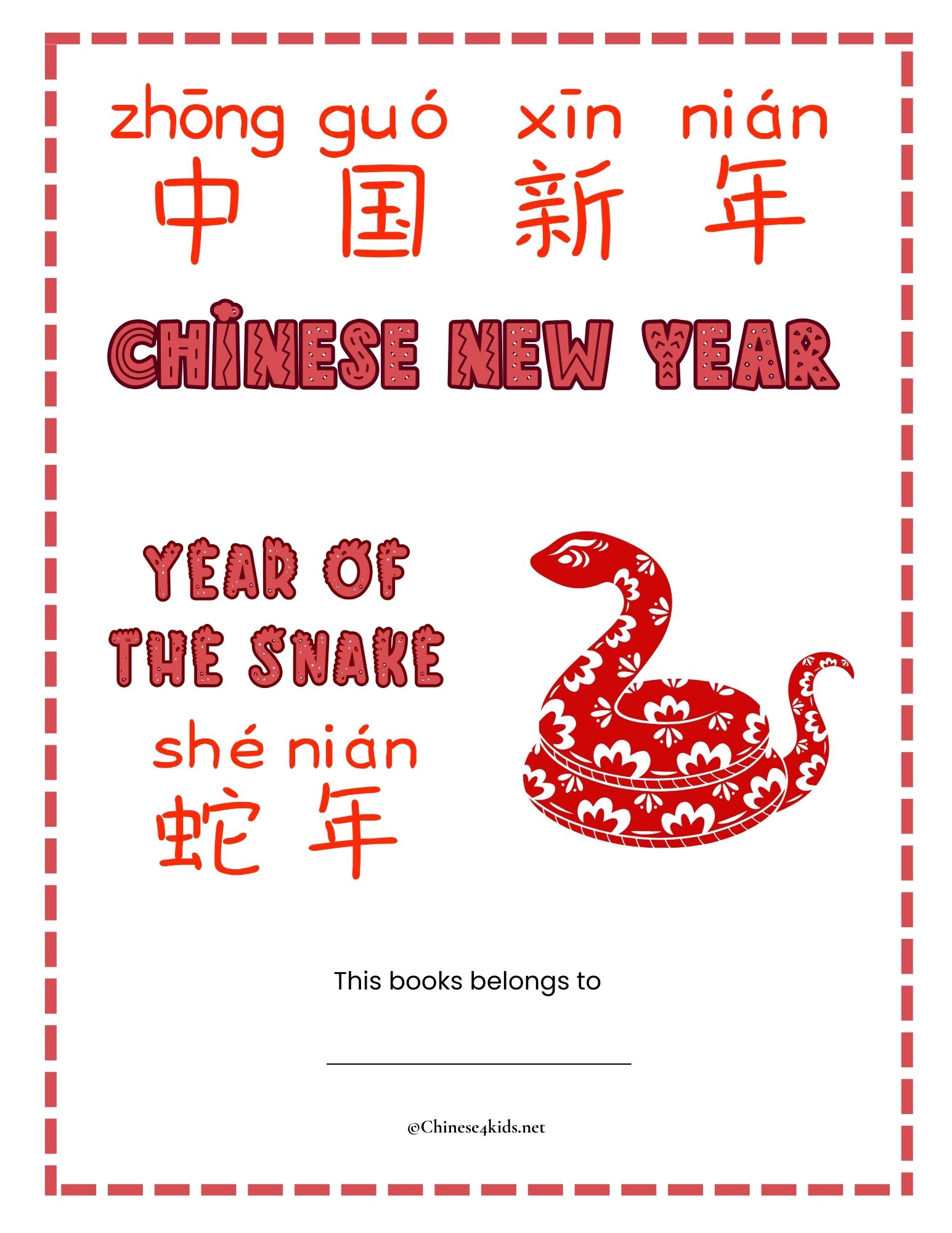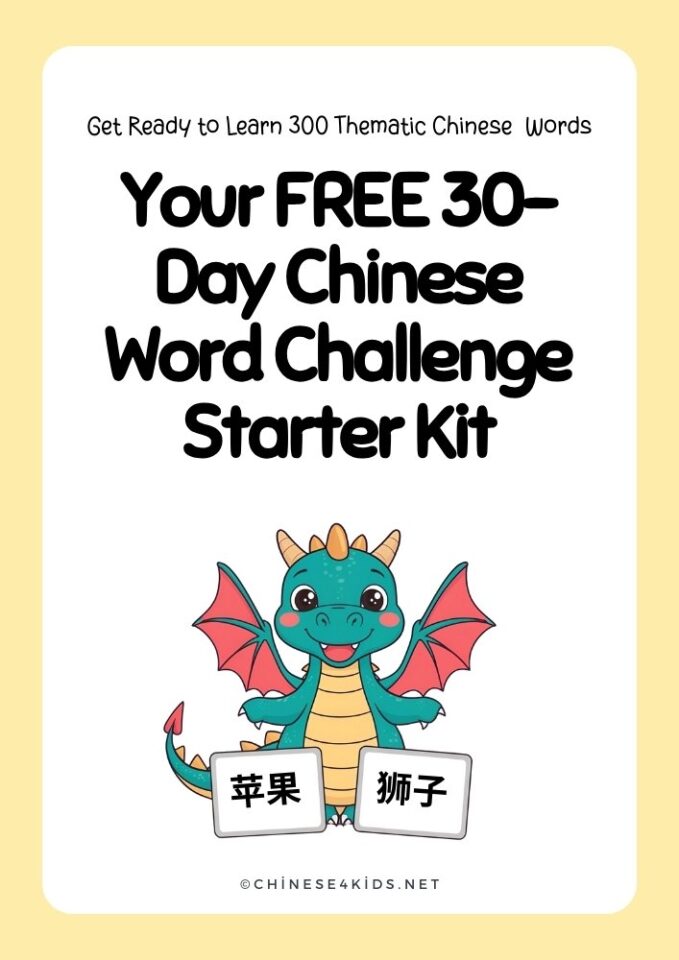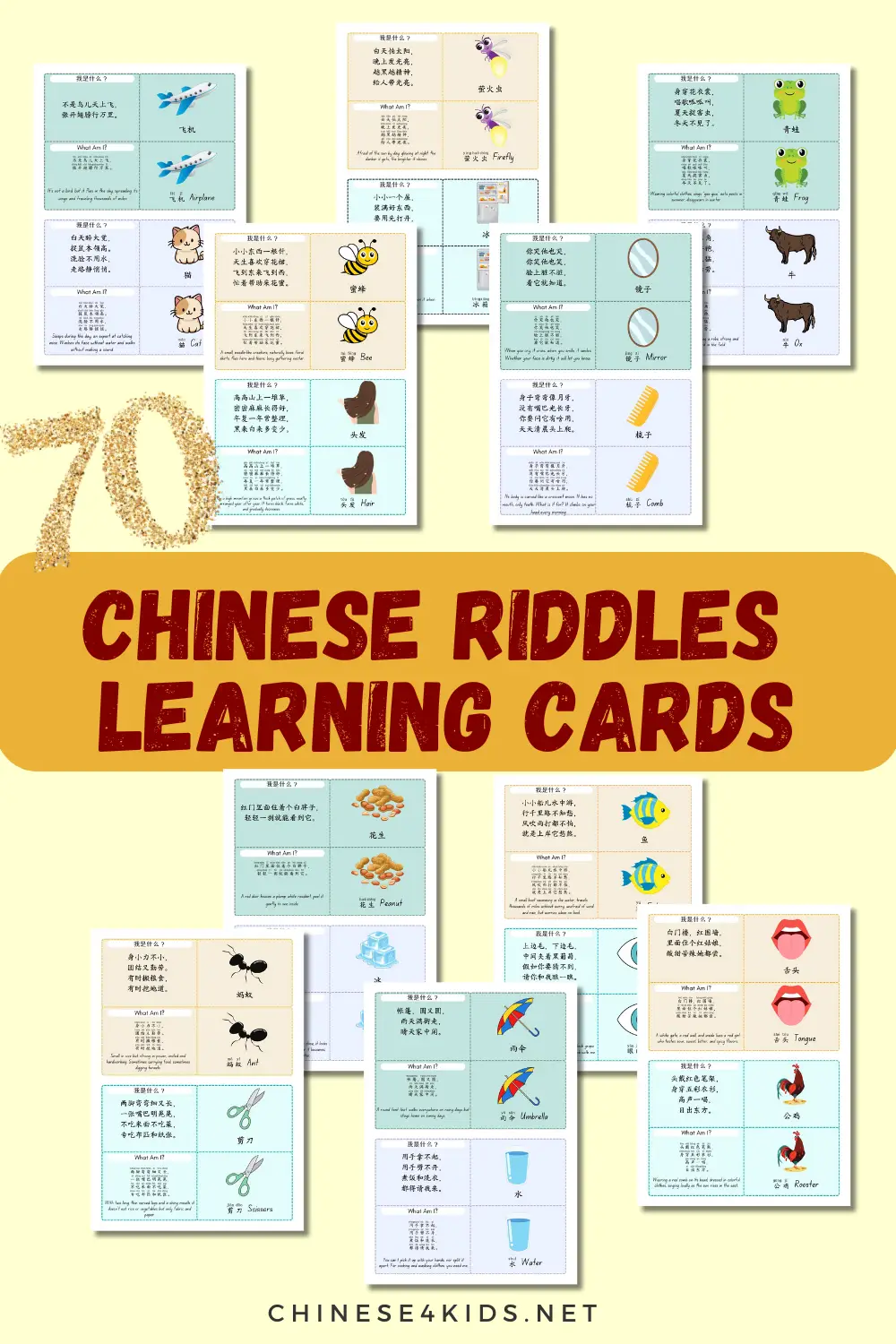
Home » Chinese Grammar Learning for Kids » From Hands to Feet: Teach Kids Measure Words for Body Parts in Chinese
From Hands to Feet: Teach Kids Measure Words for Body Parts in Chinese
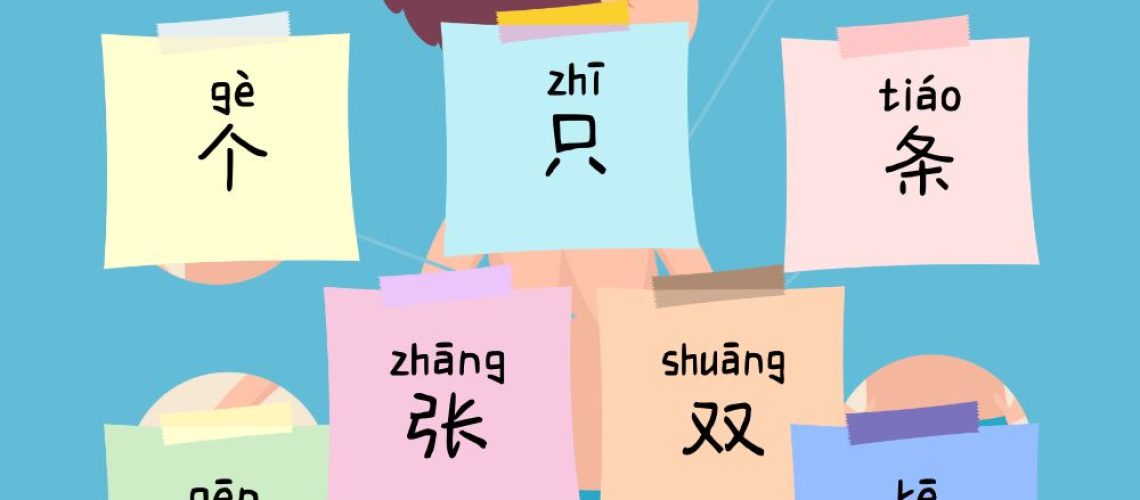
Body parts are an important aspect of Chinese vocabulary, and learning the proper measure words for them can help students of all ages speak and write more accurately in Mandarin. Here we’ll cover some of the most common measure words for body parts and provide some tips for teaching them to young learners.
What are measure words in Chinese?
In Chinese, measure words (量词, liàngcí) are used to quantify nouns. They are similar to the English words “a piece of,” “a pair of,” or “a cup of.” In Mandarin Chinese, there are many different measure words, and each one is used with a specific type of noun, such as clothes, transportation, animals, and so on.
Why are measure words important?
Measure words are an important part of Mandarin Chinese because they add specificity and nuance to the language. For example, in English, we might say “two legs,” but in Chinese, we would use a specific measure word for legs, such as “条” (tiáo). Using the correct measure word shows that you have a more advanced understanding of the language and can communicate more precisely.
Measure words for body parts
Here are some of the most common measure words for body parts in Mandarin Chinese:
个 (gè) – People use 个 most commonly in Mandarin Chinese. We use it for most nous, including body parts.
For example,
一个鼻子 yīgè bízi – one nose
一个舌头 yīgè shétou – one tongue
一个下巴 yīgè xiàbā – one chin
一个拳头 yīgè quántóu – one fist
一个脚趾头 yīgè jiǎozhǐ tóu – one toe
只 (zhī ) – We can use 只 to indicate one object, or one of a pair of objects.
For example,
一只手 yī zhī shǒu – one hand
一只脚 yī zhī jiǎo – one foot
一只眼睛 yī zhī yǎnjing – one eye
一只胳膊 yī zhǐ gēbó – one arm
一只耳朵 yī zhī ěrduo – one ear
一只鼻子 yī zhī bízi – one nose
双 (shuāng) – This measure word is used for pairs of things, including body parts.
For example,
一双耳朵 yī shuāng ěrduo – a pair of ears
一双眼睛 yīshuāng yǎnjīng – a pair of eyes
一双手 yī shuāngshǒu – a pair of hands
一双脚 yī shuāng jiǎo – a pair of feet
一双腿 yī shuāng tuǐ – a pair of legs
一双手臂 yī shuāng shǒubì – a pair of arms
条 (tiáo) – For long, thin objects, including body parts such as legs, arms, and tails, we often use 条.
For example
两条腿” liǎng tiáo tuǐ – two legs
一条胳膊 yītiáo gēbó – one arm
张 (zhāng) – This measure word is often used for flat objects, including body parts such as faces, hands, and feet.
For example,
一张脸 yī zhāng liǎn – one face
一张嘴巴 yī zhāng zuǐbā – one mouth
颗 (kē)– Especially for small, solid, and round objects, we can use this measure word.
For example,
一颗心脏 yī kē xīnzàng – one heart
一颗牙齿 yī kē yáchǐ – one tooth
一颗脾脏 yī kē pízàng – one spleen
一颗脑袋 yī kē nǎodai – one head
根 (gēn)– when describing thin and long objects, we normally use this measure word.
For example,
一根头发 yī gēn tóufǎ – one hair
一根眉毛 yī gēn méimáo – one eyebrow hair
一根手指头 yī gēn shǒuzhǐ tou – one finger
It’s important to note that there are some body parts for which measure words are not commonly used, such as the back (背部 bèibù), chest (胸部 xiōngbù), and stomach (肚子 dùzi). In these cases, the measure word 个 (gè) can still be used, but it’s not strictly necessary.
Tips for Teaching
Teaching measure words for body parts can be challenging, but there are some strategies that can help make the process easier:
Use visual aids – Pictures and diagrams help students understand the different measure words and how to use them with different body parts. You could create a chart or poster that shows the different measure words and their corresponding body parts.
Practice in context – Practice using measure words in context, such as in sentences or stories that involve body parts. For example, you could read a story that describes a character’s body and ask students to identify the correct measure words.
Use songs and rhymes – Songs and rhymes can be a fun way to introduce measure words and reinforce learning. You could create a song or rhyme that uses the different measure words for body parts.
Encourage practice – Encourage students to practice using measure words in their own speaking and writing. Provide opportunities for students to use the words in conversation or in written assignments.
Learning measure words for body parts is an important part of mastering Mandarin Chinese. By using visual aids, practicing in context, and encouraging practice, teachers and parents can help young learners understand and use these words with confidence. With a little bit of practice children can easily learn to use them without much thinking.
If you like this post, share it.
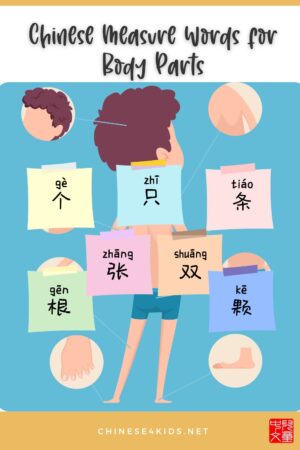
Resources related to the post:
- Chinese Measure Words for Body Parts Montessori 3-Part Flashcards
- Chinese Measure Words for Animals That Kids Need to Know
- Chinese Measure Words for Clothes Montessori 3-Part Flashcards
- Chinese Measure Words for Transportation Montessori 3-Part Flashcards
- Bike, Bus, Car… Transports in Chinese
- Mastering Chinese Measure Words for Clothing: From Shirts to Scarves and Everything in Between
- Chinese Measure Words for Clothes Montessori 3-Part Flashcards
- Chinese Measure Words for Animals That Kids Need to Know
- 6 Essential Measure Words for Transportation Vehicles in Chinese
You May Also Be Interested:
- Chinese4kids Membership – a portal for busy Chinese teachers and parents
- Chinese learning flashcards Hive – a flashcards library that with regular additions of new quality Chinese learning flashcards
- Chinese learning worksheets collection – Also a part of Chinese4kids membership, this collection is for teachers and parents who want to have access to engaging worksheets and activity sheets created for kids learning Mandarin Chinese as an additional language
- Speak Chinese with Kids Course
- Chinese Vocabulary Made Easy Course
Recent Posts
Join Our Membership
Enroll to A Course
Buy An eBOOK
Our Posts
